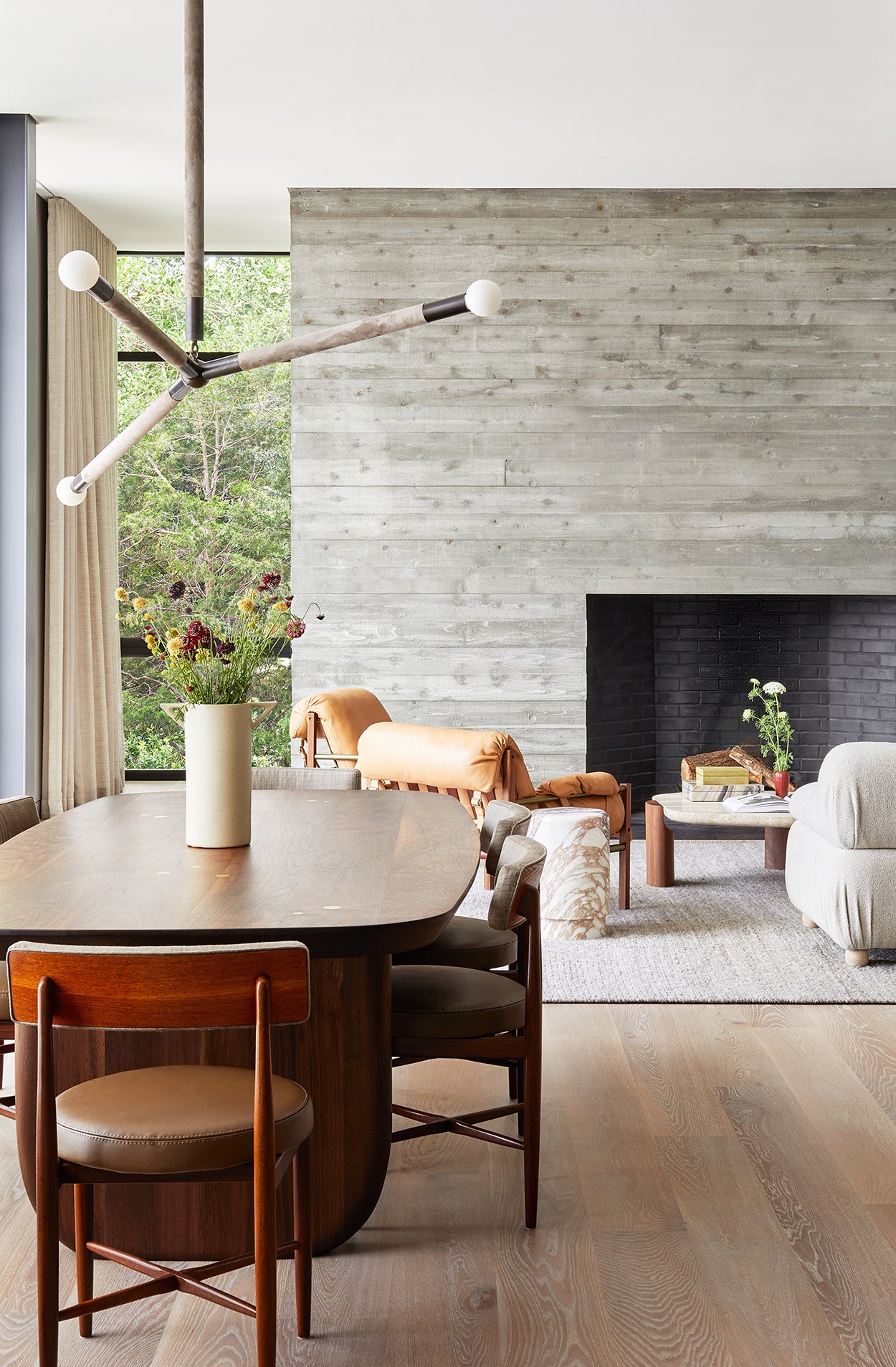Some designers love giving their clients multiple options, which allows them to feel like they’re participating in the process. Others feel that offering too many choices can overwhelm clients—or worse, lead them to question the whole design scheme. Communicating the atmosphere of a room without showing all your cards can be a tightrope walk. We asked four designers to let us in on how they manage this stage.

Luke FerranCourtesy of Kevin O' Sullivan + Associates
ONE AND DONE

Ready to dig in?
This article is available exclusively for
BOH subscribers and BOH Insiders.
BOH subscribers and BOH Insiders.
Want full access?











































